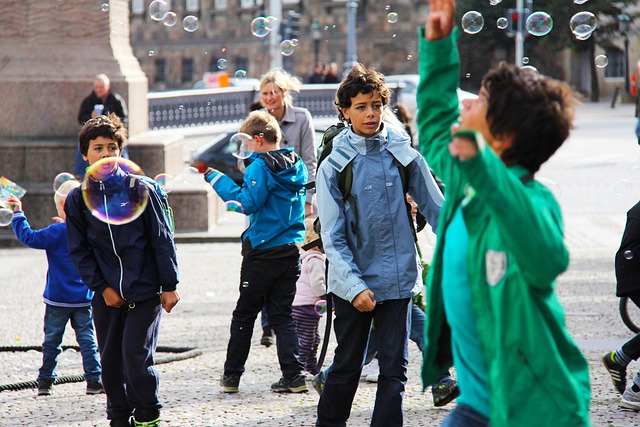Amalienborg Palace: The magnificent palace where the Queen of Denmark resides
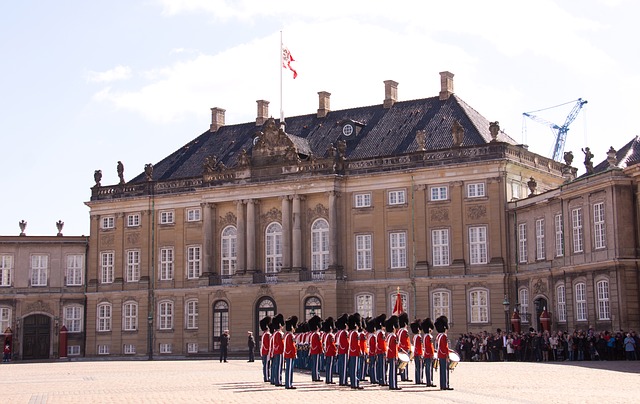
Located in Copenhagen, Denmark, the Amalienborg Palace is the residence of the Queen of Denmark. Within the palace grounds, there are equestrian statues, museums, and a daily changing of the guard ceremony by the royal guards at noon, making it one of the most popular tourist spots in Denmark.
In this article, I will introduce the historic Amalienborg Palace, where visitors can experience Danish history firsthand.
Amalienborg Palace, the residence of the Queen
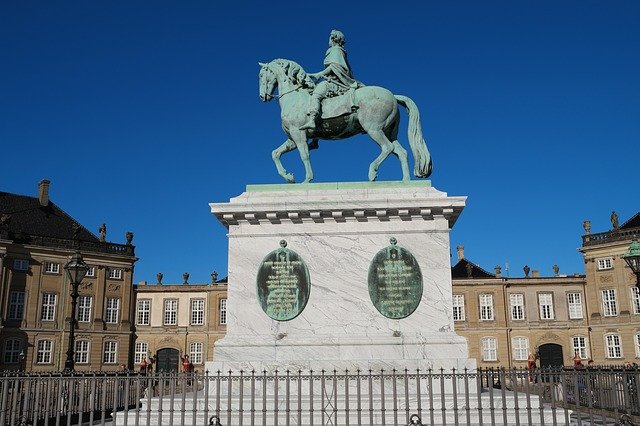
Amalienborg Palace is a palace located in the northern part of Copenhagen, the capital of Denmark in Northern Europe. Also known as the “Winter Palace,” the octagonal square is home to four palaces. All of these are collectively referred to as Amalienborg Palace.
In front of the palace stands a majestic equestrian statue modeled after Frederick V, who is said to have been involved in the construction of the palace. This statue was created in 1771 by a French sculptor.
Since 1794, Amalienborg Palace has been used as the residence of the Danish royal family, and Queen Margrethe II still lives there today. Whether the queen is staying at the palace can be confirmed by the presence or absence of the royal flag on the roof. Some of the four palaces are open to the public as museums, giving visitors a sense of the closeness between the Danish royal family and the people. The daily changing of the guard ceremony by the royal guards is also popular with tourists.
Four identical palaces surrounding the square
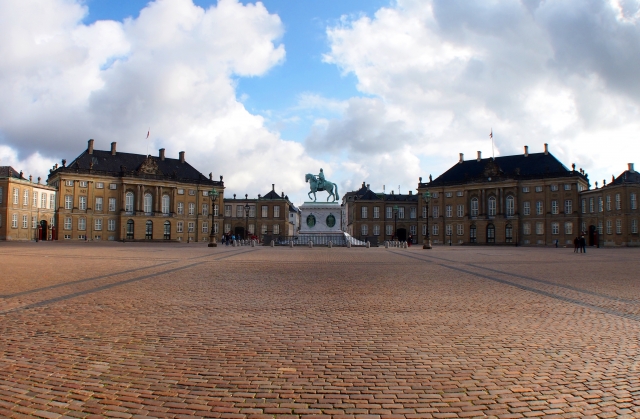
One of the unique features of Amalienborg Palace is the four identical palaces that surround the octagonal square from the east, west, south, and north. The architecture of the palaces is in the Rococo style, characterized by graceful interior decorations using many curves and soft colors. Rococo originates from the French term “rocaille,” meaning shells and pebbles, and is a style that emerged from the courts of French royalty and nobility.
The four palaces are named after the successive kings of Denmark: Christian VII’s Palace, Christian VIII’s Palace, Christian IX’s Palace, and Frederick VIII’s Palace. The Christian VIII’s Palace, which is used as a palace museum, and the Christian VII’s Palace, used for official receptions, are open to the public. Christian IX’s Palace is the residence of the queen and royal family, and is not accessible to civilians.
How the palace became the residence of the royal family
Interestingly, when construction of Amalienborg Palace began in 1750, it was initially intended to be a court for the nobility.
However, in 1794, a fire broke out at Christiansborg Palace, the then residence of the royal family. As a result, the royal family urgently purchased the current Amalienborg Palace as a substitute residence.
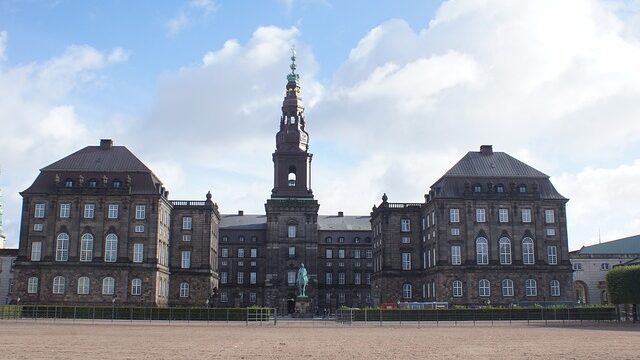
The daily changing of the guard ceremony at noon
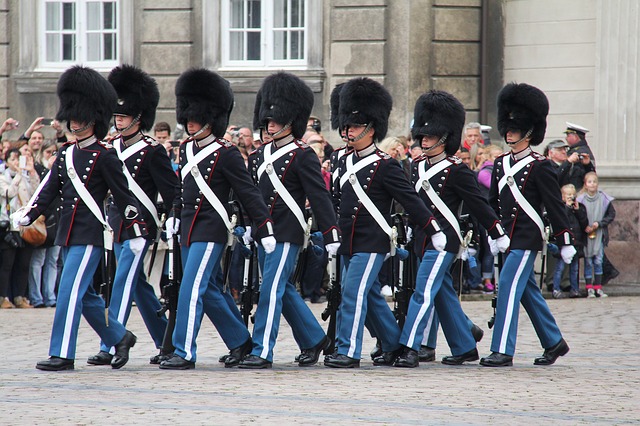
One of the highlights of Amalienborg Palace is the daily changing of the guard ceremony held at 12:00 p.m. During the changing of the guard, the royal guards at Amalienborg Palace and Rosenborg Castle, another royal palace in Copenhagen, switch places.
However, the ceremony only takes place when the Queen of Denmark is staying at the palace. The event features a lively fanfare played by the royal guard’s band. The most grand changing of the guard ceremony takes place on April 17th, the Queen’s birthday ceremony.
The palace museum displaying royal artifacts
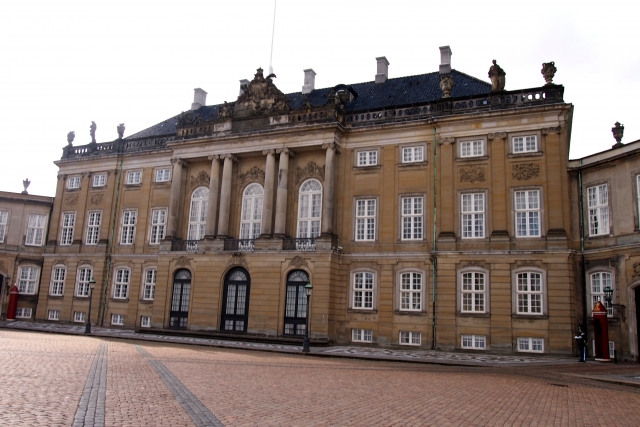
In 1994, one of the four palaces at Amalienborg, Christian VIII’s Palace, was opened to the public as a museum. The palace museum displays furniture, crafts, and historical materials related to the Danish royal family, used from 1863 to 1947.
These exhibits are of great cultural and historical value, and they provide insight into the history and life of the royal family over the years. The museum is a must-see for anyone interested in Denmark.
Conclusion
Amalienborg Palace is a popular tourist destination in Denmark, easily accessible by a direct train from Copenhagen Central Station.
With its elegant Rococo-style architecture, the flawless changing of the guard ceremony, and the museum showcasing the Danish royal family’s collection, the palace is a captivating place filled with Danish traditions.




